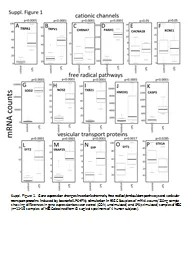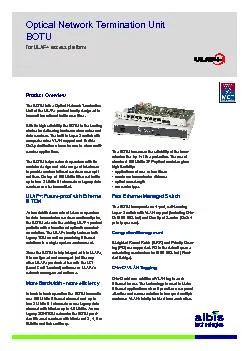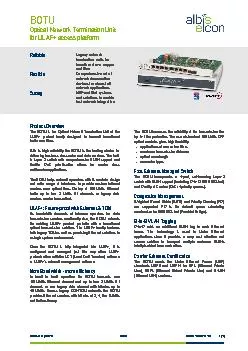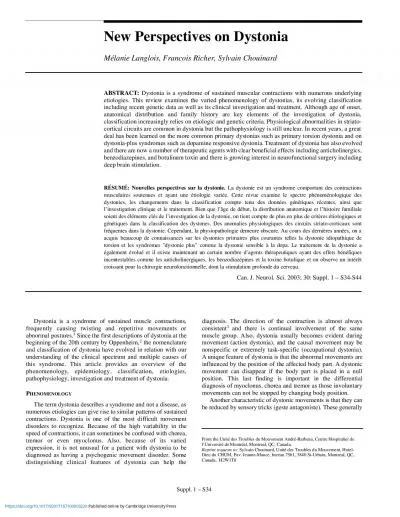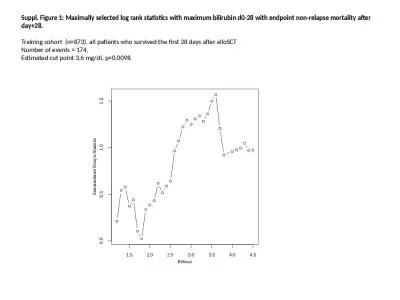PDF-AAMJ Vol 8 N 2 April 2010 Suppl TREATMENT OF PRIMARY WITH BOTU
Author : arya | Published Date : 2022-10-27
AbdelSattar AlRefae The pathophysiology of sweating is complex 3 4 5 There are two types of sweat glands 1The apocrine sweat glands that are associated with hair
Presentation Embed Code
Download Presentation
Download Presentation The PPT/PDF document "AAMJ Vol 8 N 2 April 2010 Suppl TREATMEN..." is the property of its rightful owner. Permission is granted to download and print the materials on this website for personal, non-commercial use only, and to display it on your personal computer provided you do not modify the materials and that you retain all copyright notices contained in the materials. By downloading content from our website, you accept the terms of this agreement.
AAMJ Vol 8 N 2 April 2010 Suppl TREATMENT OF PRIMARY WITH BOTU: Transcript
Download Rules Of Document
"AAMJ Vol 8 N 2 April 2010 Suppl TREATMENT OF PRIMARY WITH BOTU"The content belongs to its owner. You may download and print it for personal use, without modification, and keep all copyright notices. By downloading, you agree to these terms.
Related Documents



